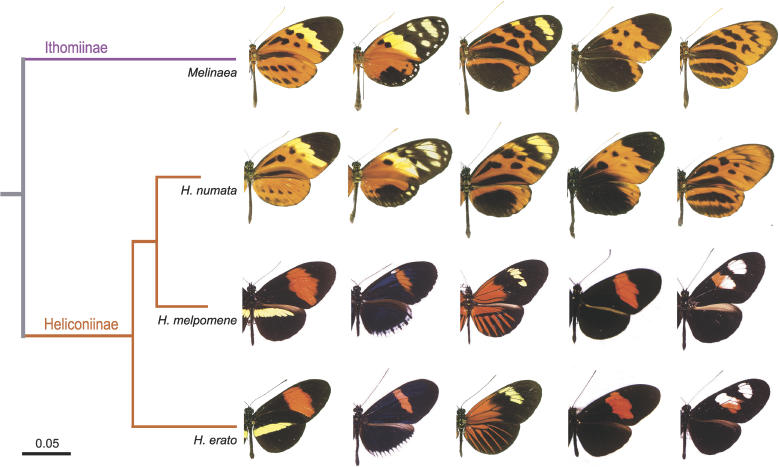Figure 1. Colour Pattern Diversity of H. numata, H. melpomene, and their Respective Co-Mimics.
The upper half of the figure shows five sympatric forms of H. numata from northern Peru (second row, left to right: H. n. f. tarapotensis, H. n. f. silvana, H. n. f. aurora, H. n. f. bicoloratus, and H. n. f. arcuella) with their distantly related comimetic Melinaea species (Nymphalidae: Ithomiinae) from the same area (first row: M. menophilus ssp. nov., M. ludovica ludovica, M. marsaeus rileyi, M. marsaeus mothone, and M. marsaeus phasiana) [20]. The lower half of the figure shows five colour pattern races of H. melpomene, each from a different area of South America (third row: H. m. rosina, H. m. cythera, H. m. aglaope, H. m. melpomene, and H. m. plesseni) with their distantly related comimetic H. erato races from the same areas (fourth row: H. e. cf. petiveranus, H. e. cyrbia, H. e. emma, H. e. hydara, and H. e. notabilis). H. m. aglaope and H. e. emma are known as rayed forms, whereas H. m. rosina, H. m. melpomene, and co-mimics are known as postman forms. H. melpomene and H. erato are from divergent clades of Heliconius and are identified in the field using minor morphological characters, such as the different form of the red rays on the hindwing between H. m. aglaope and H. e. emma (third from left) or the arrangement of red versus white patches in H. m. plesseni and H. e. notabilis (first from right). Co-mimics H. numata and Melinaea spp. belong to different subfamilies of the Nymphalidae and have very different body morphology and wing venation. The phylogram on the left is a maximum-likelihood tree based on 1,541 bases of mitochondrial DNA (scale bar in substitutions per site, all bootstrap values over 99).

